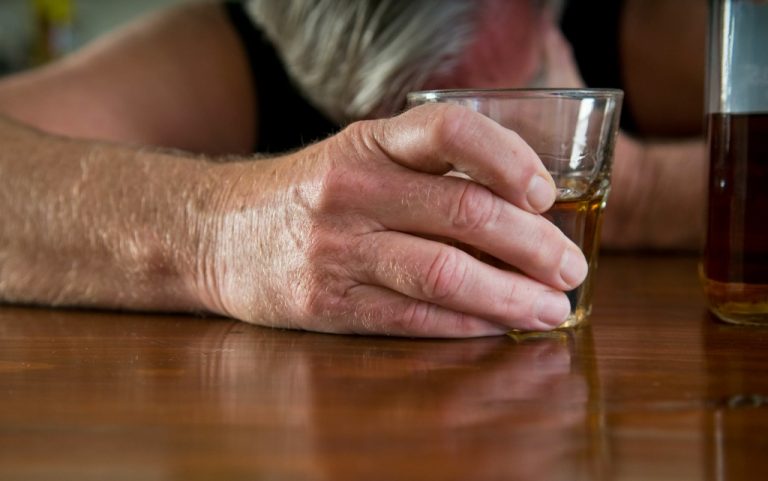Our team is comprised of doctors, clinicians, therapists, mentors, and recovery coaches with decades of experience in the field. Carolina Center for Recovery is lucky to have some of the most qualified and experienced addiction specialists in the country. Additionally, communities experience https://ukessayss.com/how-to-deal-with-a-covert-narcissist-family-member/ increased crime rates and reduced workforce productivity, further deepening the societal impact.

Preventing prescription drug abuse in teens
People of all ages may abuse sedatives and tranquilizers, but again, the problem is mostly concentrated in youth and young adults, Compton says. Sedatives are also called central nervous system depressants because they work by prescription drug abuse slowing brain activity and creating a calming effect. The most dangerous medical risk is severe respiratory depression or death if someone takes a large single dose of an opioid.
Commonly Abused Prescription and OTC Drugs
She also gives her time to Tara Home, an end of life/hospice care home at Land of Medicine Buddha in Soquel, Ca. Buprenorphine is a partial opioid agonist—it binds to the mu-opioid receptor but only partially activates it—and can be prescribed by certified physicians, nurse practitioners, and physician assistants in an office setting. Food and Drug Administration (FDA) approved the NIDA-supported development of an implantable formulation of buprenorphine that provides 6 months of sustained medication delivery; and in 2017, a month-long injectable formulation was approved. These formulations eliminate the need for daily dosing and will give patients greater ease in treatment adherence, especially if they live far from their treatment provider.
What Prescription Drug Abuse Looks Like: Recognizing the Signs and Seeking Help
Stimulant medications are typically prescribed for conditions such as attention deficit hyperactivity disorder (ADHD) and narcolepsy. They work by increasing levels of certain chemicals in the brain, resulting in improved focus and alertness. However, their ability to enhance concentration and provide a sense of euphoria can lead to misuse and addiction.
PDM is defined in various ways, but a common definition is use without a prescription or in ways not intended by the prescriber. There are prescription drug addiction treatment options available, including detoxification, therapy, and medication-assisted treatment. Seeking guidance from a healthcare provider or a professional addiction treatment center like Elevate Rehab can help identify the appropriate treatment plan and support the journey toward long-term sobriety.
Overcome Addiction at Elevate Addiction Services

Others, especially younger people, misuse prescription drugs out of curiosity, peer pressure or desire to study more effectively. In most cases, prescription drug abuse starts from legitimate prescription and use. As with other substances, continuous misuse can eventually alter how the brain works.
- When tapering opioids, physicians can reduce the dose slowly with a 10% dose reduction per week, or more rapidly with a 25-50% dose reduction every few days, depending on patient comfort, and length of time the patient has been on COT.
- Such subgroup analyses have been relatively consistent in their findings; greater understanding of the implications of these groups on prevention and treatment will be an important direction for future research.
- High doses can cause a dangerous rise in body temperature, irregular heartbeat, and even cardiac arrest.
- When the prescription runs out, the individual may turn to illicit opioids as an alternative.
Prevention Programs and Their Effectiveness
It is important to note that while prescription drugs can provide legitimate treatment for mental health conditions, proper diagnosis, monitoring, and adherence to prescribed dosages are essential. Without appropriate medical supervision, the risk of abusing these medications increases significantly. One major psychological factor that plays a role in prescription drug abuse is the presence of mental health conditions. Individuals who suffer from conditions such as anxiety, depression, or chronic pain may seek relief through prescription medications. One of the reasons prescription drug abuse is so common is the misconception that these medications are safer than illicit drugs. Many individuals believe that since prescription drugs are prescribed by healthcare professionals, they are less harmful or addictive.
Other opioids that may sound familiar include codeine, hydrocodone (Vicodin), oxycodone (OxyContin, Roxybond, others). When used as directed by your doctor, opioid medicines safely help control severe pain, such as pain you may have after surgery. Keep an eye out for signs of abuse, like behavior changes or missing medicines. High-risk behaviors and drug abuse also result in much higher chances of contracting viral infections such as hepatitis or HIV. It’s challenging to help a loved one struggling with drug abuse or other destructive behavior. People who struggle with addictive behaviors are often in denial or unwilling to seek treatment.

The Crisis of Drug Misuse and Federal Efforts to Address It
Over time, withdrawal symptoms may develop between doses or after stopping, making it even harder to break the cycle. 45.8% of American adults used a prescription drug – legally or not – within the past 30 days. Healthcare specialists generally agree that a high rate of use and availability drives reported rates of prescription drug abuse, addiction, Alcohol Use Disorder and ultimately, overdose. These medicines manage pain well and can help boost your quality of life when you follow your doctor’s directions on taking them.
- Consulting an intervention professional, an addiction specialist, a psychologist or a mental health counselor can help you plan an effective intervention.
- The addiction recovery and rehabilitation experts at Positive Sobriety Institute are standing by 24/7 to answer your questions about our addiction treatment and rehabilitation program.
- If you need opioids for severe pain, work with your healthcare professional to take the lowest dose possible, for the shortest time needed, exactly as prescribed.
Some of these include drugs that were once common prescriptions, such as Laudanaum. The Centers for Medicare & Medicaid Services (CMS) finalized expansion of Medicare coverage to include opioid treatment programs delivering MAT (medication-assisted-treatment) effective Jan. 1, 2020. Overdose Data to Action (OD2A) is a cooperative agreement that provides funding to 90 health departments under two distinct OD2A programs (State and LOCAL) to reduce drug overdoses and related harms.